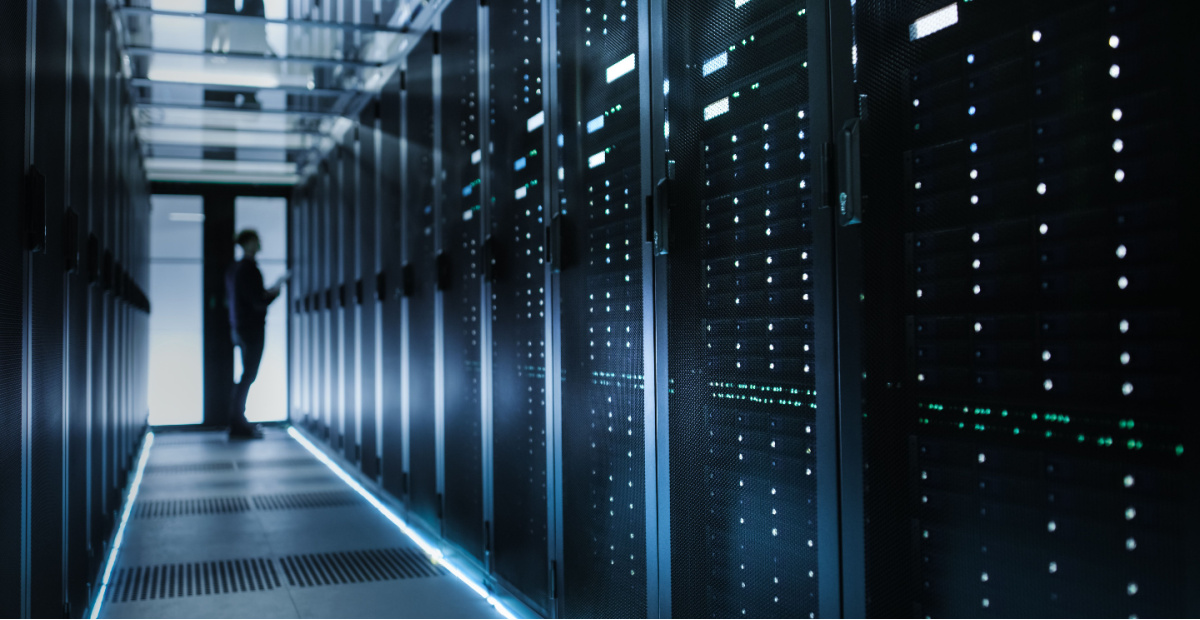AI offering big potential for data centre investors

A likely undersupply of data centre capacity, driven by surging demand for artificial intelligence (AI) and cloud-based technologies, has opened big opportunities for data centre infrastructure investors, according to a leading investment analyst.
According to Gavin Truong, senior investment analyst at Quay Global Investors, a shortage of data centre supply – with skyrocketing demand for data centres driven by load-heavy and power-hungry Generative AI technologies – could deliver for data centre investors income yields of upwards of nine per cent.
“With development profits of 40 per cent-plus and stabilised net operating income yields of more than 9 per cent, developments are proving to be lucrative which may suggest supply could accelerate from here.”
“Generative AI requires a tremendous amount of power compared to conventional uses,” Truong said.
“Difficulty sourcing power and procuring generators and transformers are adding multi-year delays to the development timeline of data centres.”
Supply (just) meeting demand
Data centre leasing activity has increased more than nine-fold since 2019 – from under 200 megawatts (MW) in Q4 of 2019 to more than 1,800MWs in Q1 of 2024, figures from GreenStreet advisers reveal.
As noted by Truong, leasing activity has hit record-breaking levels in each of the past four quarters to 31 March 2024. Moreover, more megawatts have been leased in this 12-month period than in the preceding three and a half years.
Quay notes that leasing demand for data centres is derived from two broad sources ‘hyperscale tenants’ like Amazon, Google, and Microsoft – which collectively represent the bulk of demand – and smaller retail tenants such as banks, companies, and government.
The combined annual capital expenditure of Amazon, Microsoft, Google, and Meta on data centres has increased by 26 per cent from 2020 to 2023, with forecasts projecting a further 33 per cent increase by 2025, he said.
While Truong notes that supply in the US – where the overwhelming majority of data centres are based – is responding well to this demand surge, more than 80 per cent of current construction is already pre-leased. This compares to around 50 per cent in prior years.
“This significantly decreases the risk of oversupply. Power constraints will also restrict the supply response,” Truong said.
Truong cautions, however, that investors should temper their short- to medium-term expectations from data centre investments.
“[Due] to the long duration (10-15 year) nature of hyperscale leases, strong rental growth does not quickly translate to outsized earnings growth.”
“A significant portion of current rental rolls were signed back when leasing environments were less favourable. Landlords are trying to speed up this process by divesting ‘low growth’ data centres and reinvesting capital into new developments. Nevertheless, it will take time to play out.
“However,” Truong added, “the trend is positive”.
Truong notes that there are also limited opportunities for Australian investors.
“Globally there are just five listed pure-play data centre REITs, with exposure to developed markets. Only one of these is listed in Australia and, in our view, it is priced at a premium compared to global peers.”











This guy loves Industry Super Funds. A former aide & lover of Bill Shorten. And his book is basically a…
As an employee who has lost super due to 2 small businesses, and as an adviser who has seen many…
Former adviser to Bill Shorten, when he was the Minister for Financial Services, He'll put us to the sword!
here we go, new member, new advice, new wooden steering we have to carve in order for him to "Steer…
Haven't they had a couple of years to prepare already?